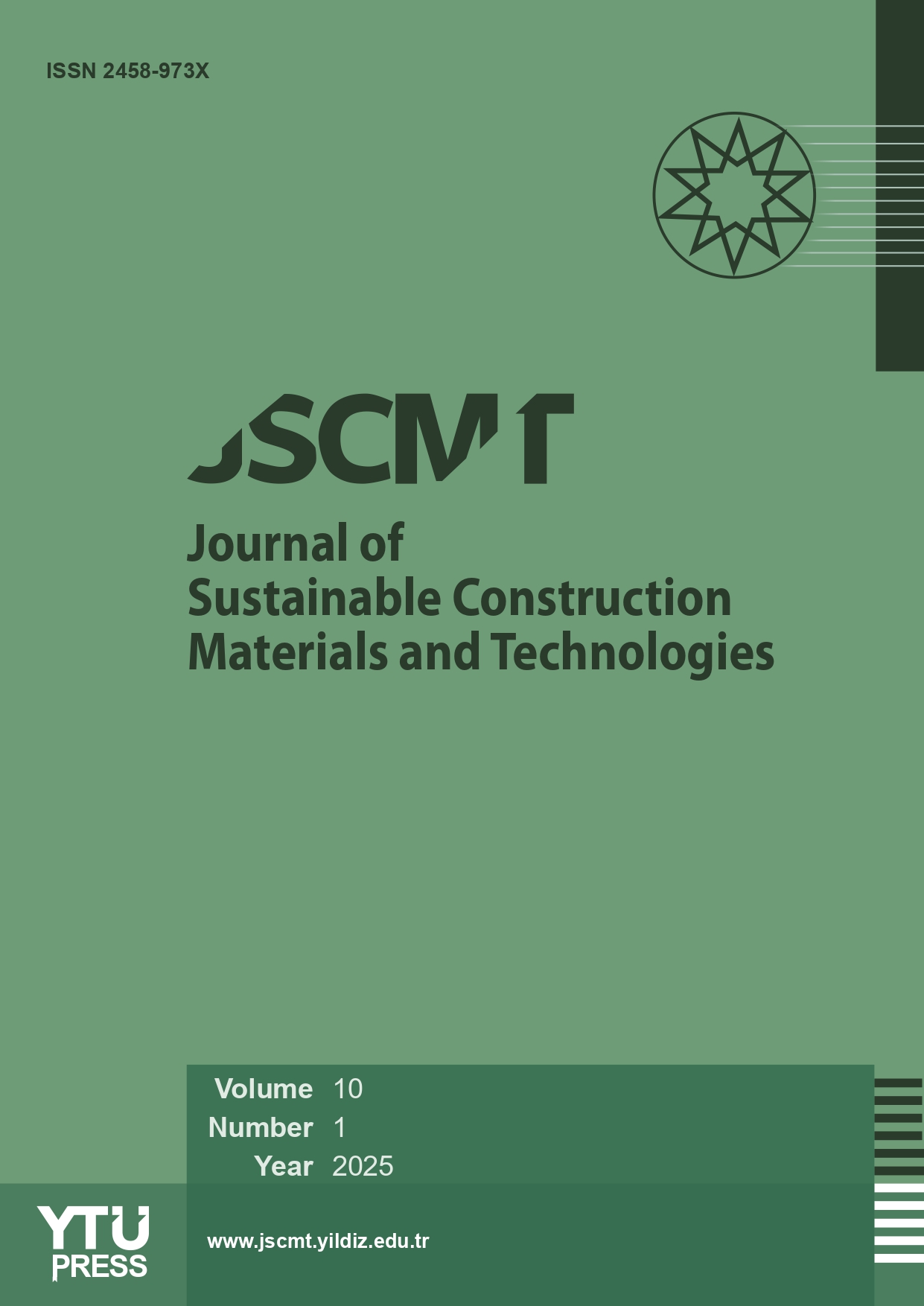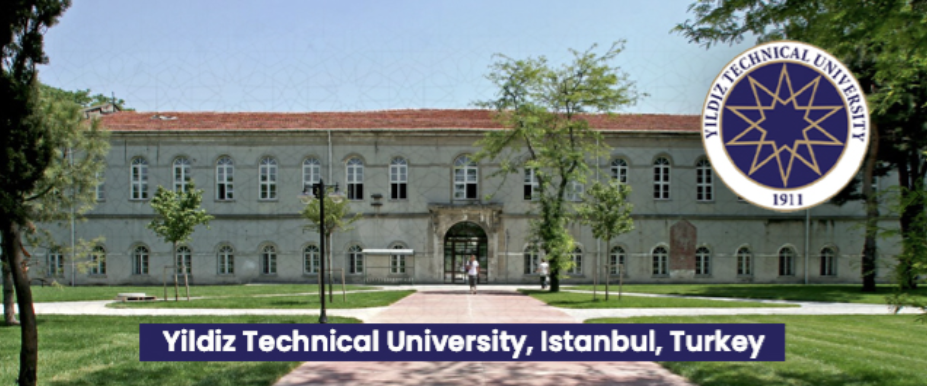2Department of Architecture, Bells University of Technology, Ogun State, Nigeria
Abstract
External walls, constituting the largest exposed surface area of the building envelope, face heightened susceptibility to environmental influences. In this study location, aesthetic considerations often overshadow environmental impact and comfort requirements in selecting exterior cladding materials. This paper investigates the energy performance, global warming potential, and thermal comfort aspects of carefully selected cladding materials, informed by an exhaustive literature review, for application in retrofit projects in Abuja, Nigeria. Energy consumption, carbon emissions, and temperature distributions were simulated using materials in a hypothetical single-floor residential building finished with cement-sand plaster. The findings show that gravel stone exhibits the most negligible environmental impact. In contrast, aluminum and lightweight metal cladding panels contribute significantly to the embodied carbon of the building despite ranking as the most expensive materials. Insulating the test building with polyurethane boards yields substantial energy savings of up to 9% in cooling electricity, averting the need for added cladding. This study emphasizes the significance of adopting a multi-criterion approach in selecting façade cladding materials, prioritizing environmental and thermal considerations over aesthetic and cost benefits. The implications extend beyond mere emissions reduction, shedding light on the vital interplay between material choices on comfort and energy efficiency in building design.
















